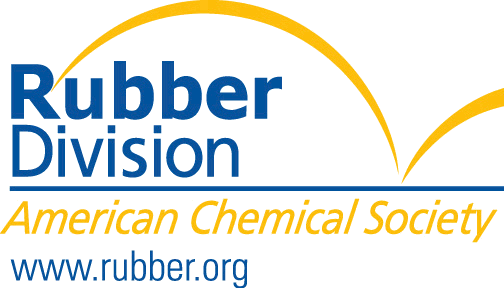Evolution of RPA Test Methodologies for the Rubber Industry
By John S. Dick, Alpha Technologies
Since its introduction to the rubber industry in 1992, the RPA has transitioned from R & D Applications, to factory problem solving, and ultimately into nine standard ASTM and ISO methods for day to day routine quality assurance applications.
This paper discusses the development of RPA methodologies and procedures to more effectively characterize raw elastomers, measure and predict processability of mixed stocks, analyze scorch and cure profiles, and predict the performance of rubber products from measuring after-cure dynamic properties. New techniques with the RPA have also been developed for testing thermoplastic elastomers, natural rubber, and cellular rubber. Also new procedures were developed to enable the RPA to be an effective cure simulator, a stress relaxation tester, and an apparatus to record uncured viscous heating and cured heat buildup differences among rubber compounds. With recent improvements in the range and precision of strain and frequency sweeps, better predictions of high shear rate viscosities can be made through the Cox-Merz rule, better prediction of state-of-mix is achieved through ASTM D6204 Part B (high strain), better predictions of the degree of silanization can be made through improved, wider-range strain sweeps for the Payne effect, and better classification of incoming natural rubber shipments with the RPA through ASTM D7050. Not only can the RPA be used to test anaerobic aging effects for rubber compounds, but new techniques have also been developed for measuring aerobic aging effects as well.
